Day in and Day out, one keeps hearing about the fatal
accidents in the backdrop of rapidly transforming road infrastructure
scenario. While between 1998 and 2004, a
realistic road map was not only determined and laid, but significant progress
was also made from North to South and East to West. The North-East, as usual, was ignored, (for
what ever reason), if not left behind.
From 2004 to 2014, work continued, no doubt, but with reduced gusto and
enthusiasm.
At the same time, despite renewed focus on ‘’engineering’’,
new “engines” and need for better “enforcement” (one has begun hearing about
the Highway Patrol Police), number of accidents in the country has exceeded
that of China. The fourth “E”, that is,
education, therefore, began to be stressed upon, be it through the schools,
neighourhood societies, panchyats or the Govt. and private – run driving
training schools/ set-ups.
Below Par Behaviour Pattern
One can do everything but one cannot predict the
behavior of the drivers or the road users.
According to the statistics meticulously collected and up-dated by the
J.P.N. Apex Trauma Centre of AIIMS, there are 95 different types of road users
in Delhi alone, thus posing different,
un usual and fresh challenges for those behind steering wheels. Most of the drivers as also road Zig-Zaggers,
in addition, in Delhi kind of setting, are mostly in a hurry, presumably under
the influence of Cell-Phone and have no regard for the interest of pavement –
dwellers or the “road walkers”. At the
slightest pretext, they are capable of losing temper, resulting into what is
called, the Road Rage, something less seen in Mumbai, Chennai or Kolkata.
Four Accident Cases in Point
When extremely painful incidents, such as,
iron rod piercing through a tall African student of D.U. happens in 2013 or a
35 year old woman gets critically injured when rods again pierce her left
shoulder on 9/5/15, one should not be surprised or taken aback. In both these incidents, the innocent victims
were comfortably seated in a Taxi and an Auto - Ricksaw respectively and God
had bestowed upon them indomitable strength, patience and perseverance to
undergo the rigours of complicated and long surgery. Needless to say, both SURVIVED as the
accidents took place in Delhi and both were taken to good hospitals in time
(within the GOLDEN HOUR).Less said about the plight of accident victims in the
remote corners of Plains, Deserts or Hills is better. It may take years and
years before the element of parity is maintained in this respect.
How
does one look at two other accidents or incidents which took place three weeks
ago in the G.K. –II area of National Capital and another on 23/5/15 near a
hospital in East Delhi?
In the first one, in the first half of the
day (when one should normally have positive thoughts), a well educated
“Working” wife not only showed irrational behavior by planning & hitting a
Taxi driver for faults actually committed by her but she also went to the
extent of abusing & hitting a Traffic Constable, when he wanted to ensure
law & order. The second one happened
around 11.30 pm, when a speeding but “Stable” & technically a “Modern” SUV
Duster hit an Ambulance in front of Dharmshila Hospital. The collision caused the car to jump on to
the road divider and fall into the adjacent canal. As per Police, there were five “young’
occupants, of which two Siblings died (30 year & 18 year old
respectively). Further investigations
revealed that “K”, a Trilokpuri resident had asked his peers to join him for
“Fun” for a “late-night” drive. It is
suspected that “K” (let us call him instigator) may have lost control over the
vehicle, as it was allowed to pick up speed “at once”. Logically speaking, a case of causing death
due to negligent driving has been registered.
The guilty may or may not have been drunk or under the influence of
drugs, AND may or may not be punished .It all depends upon the pace and’’
importance of’ the case or the factors ,such as, physical might and money power
of the owner accused .But the incidence of death, which was avoidabl0e, has
happened.
Road Safety as a Crucial and Emerging Challenge
Against such a discouraging scenario, don’t we look at
the road safety as a crucial and emerging challenge to our lives or to our
rapidly growing domestic economy ?
A well developed transport network should ensure good
connectivity but same comes with a price-frequent accidents, injuries &
deaths .The problem gets compounded, thanks to the car loans on easy terms and
avid desire on the part of young men and young couples to own an automobile at
the drop of a hat. Exponential growth in the vehicle population, thus follows.
Same, nevertheless, cannot match with the required length and width of road or
for that matter, earmarked halting and parking places. To add to the mess,
there is no thinking even in the metros to provide dedicated lanes for the
cyclists and pedestrians. Majority of vehicle owners, neither wish to pay
for parking nor they have an intent to respect traffic rules. Motor vehicle
licences are also issued fairly liberally without the applicant having bare
knowledge of the theoretical or practical sides of driving. To add insult
to injury, courts order release of accident vehicles and errant drivers rather
easily.
Pre-requisite & Pillars of Road Safety
All the three essential “E’s”, i.e. engine,
engineering and enforcement, perhaps, could be blamed for the present dismal
scenario. There is scant regard for the five pillars of road safety, namely,
road safety management, safe road infrastructure, safer vehicles, better
behavior on the part of road users and improvement in post-accident response
& services. In hilly terrains, especially of 8 N.E. States, Uttarakhand,
H.P. and J&K, better road upkeep assumes more importance as reliance on it
is total for undertaking and sustaining various development initiatives. Many
countries by the virtue of negativities, have been in a position to bring down
the number of accidents and some of them have successfully carried out
de-congestion initiatives by amending and enforcing the existing laws. If they
can do it, why not we, especially at a time when the United Nations has
declared the decade of 2010-2020 as the ‘Decade of action for the road safety’
?
Physical Space Not the Sole Parameter
The road space cannot and should not be the sole
parameter. Basic civic sense, habits and behavior patterns imbibed from a
cultural pattern also matter a great deal. Other than Delhi, most of the metros
or the emerging metros do lag behind in this regard. While in Delhi, 21 %of the
space is available for roads, it is definitely inadequate in Kolkata
(12%),Mumbai (10%) and Hyderabad (9%) vis a vis their large population. Even
then, Delhi reports more road rage, accidents, injuries and deaths. In
addition, Mumbai and Bangalore, on account of their obvious and attractive
commercial and educational opportunities have already gone much beyond their
carrying capacities. Moreover, these cities being linear, cannot be expanded
further.
Contributing Factors
If we attempt to find out the reasons of unpleasant
and unwanted happenings on the road, speed, bad state of roads, continued use
of defective vehicles, drunken& rash driving, fatigue and carelessness or
no use of helmets and seatbelts immediately come to notice. One fatal
accident occurs every 3.7 minutes in our vast country and trucks and two
wheelers alone contribute to 40% of these accidents. Several sets of
measures ranging from those aimed at individuals to engineering to enforcement
to upgraded surveillance have been adopted and emphasized time and again but
unfortunately the numbers keep on multiplying.
Dismal National Scenario
A look at the national scenario would reveal
that India’s vehicle population is growing at present at the rate of 15% every
year. Same logically has a bearing on the persons getting temporarily injured,
permanently disabled and dying altogether. On an average,1,42,000 persons
are crushed to death in the road accidents and nearly 5,60,000 are reported
injured, majority of them being in the age group of 15 to 45 years.
Setback to such a productive age group is a great loss to nation.
According to UN projections, if road safety measures do not lead to minimizing
the risk factor, road accidents would become third most prominent reason for
death by 2020 after heart attack and depression.
Pain & Agony
Some injuries are so severe that the family has to
suffer for no fault of theirs for several years, apart from unimaginable pain
and agony on the part of the person concerned. The suffering is better felt
rather than measured or assessed in monetary terms. Who cares, where is the
monitoring mechanism, often asks the victim in the dingy clusters of
economically weaker sections. In absence of dedicated accident courts,
normal courts take a long time in deciding the cases and at the end of it, high
and mighty get away easily. All of us have heard of and “witnessed” the BMW
case of Delhi and more than two cases of Mumbai, in which workers sleeping on
pavement were either crushed to death or grievous injuries were inflicted on
them. One popular Film Star has not been convicted even after a decade or so
despite solid evidence available against him. This is happening at a time when
both Judiciary and the Media are very active and vigilant and the RTI ensures
better and easier access to information to the common man.
Unreliable Statistics
An analysis of the accident statistics would show that
the figures collected are not always reliable as many deaths or injuries remain
unreported in the rural and sub-urban areas or the small cities. According to
one study, under reporting in India can be to the extent of 100%. Railway
has about 1,25,00 unmanned crossings all over the country and this alone could
be a major contributor to the accidents. Poor quality of roads, non use of
helmets & seat-belts and lack of adequate awareness about safety issues
generally result into high rate of accidents in the remote areas.
Protection ensured to chest, heart, lungs and all the vital organs in stomach
region by the seat belts is still unknown even in large cities. Further,
according to some experts, due to mushroomed growth of private clinics and
hospitals as also growing culture of making claims, accident victims from the
lower strata of society are invariably compelled to bear heavy expenditure, for
no fault of theirs.
Post Accident Situation
Coming to post accident scene, it may not be known to
many of us that the first hour (or the Golden Hour) after the accident
is very crucial for saving the life or for reducing the impact of the injury.
One out of six persons are reported dead on the way either due to
congestion on the road or the long distance to the health facility. All
requisite steps, therefore, have to be taken by all the stakeholders and
enforcement authorities. Proper handling of injured persons by the
trained Policemen, voluntary agency personnel etc. has to be ensured before
specialized treatment begins in a Trauma Centre or hospital. Panic,
which may be natural under the circumstances, should be avoided.
Remedial Measures
Apart from having a comprehensive legislation for
ensuring or improving road safety and restrictions on use of or higher taxes on
older cars, there has to be adequate awareness on the part of every citizen for
which he/she has to be suitably sensitized at the school and college levels. Drastic
reduction in the use of crackers over the years goes on to prove the efficacy
of the message conveyed through the school children. In a small hilly state
also, wherein the number of registered vehicles has doubled in just 8 years and
the number of deaths and injuries (72 and 399 respectively in 231 accidents in
2013) in road accidents has also risen sharply, one can and one must create
awareness about road safety through NGOs, Self Help Groups and Punchayats also,
in view of their being pro-active and vibrant.
Minimum safety standards for the vehicles, roads and
road users will have to be prescribed, apart from improvement in the city and
highway traffic management system through CCTV or ITS, as the case may
be. One can also think of creating more No Traffic Zones on the lines of
similar ones in Gangtok, Namchi and Jorethang in Sikkim. Many European cities
have gained immensely from such an experiment due to its positive impact on the
incidence of accidents and overall pollution level. Side by side, there is also
a need to come down heavily on rash drivers and other traffic offenders besides
raising the amount of fines and penalties. Resorting to punching of licence
in the event of proving of a traffic offence could also make a beginning in
India.
Accidents have been drastically reduced in a
vast and populous country like China in a matter of just five years, (between
2005 and 2010). Can’t we follow the suit in India or in the smaller and
manageable setting of hilly and newly formed states?
To sum up, Road is Supposed to Ensure and Enhance
Connectivity. It should not Become a Medium to Disconnect Mankind from
the world.
Let us reduce our desire to HAVE MORE
& work for a Sustainable and Just world.
Let us leave, at the same time, enough for the future generations.


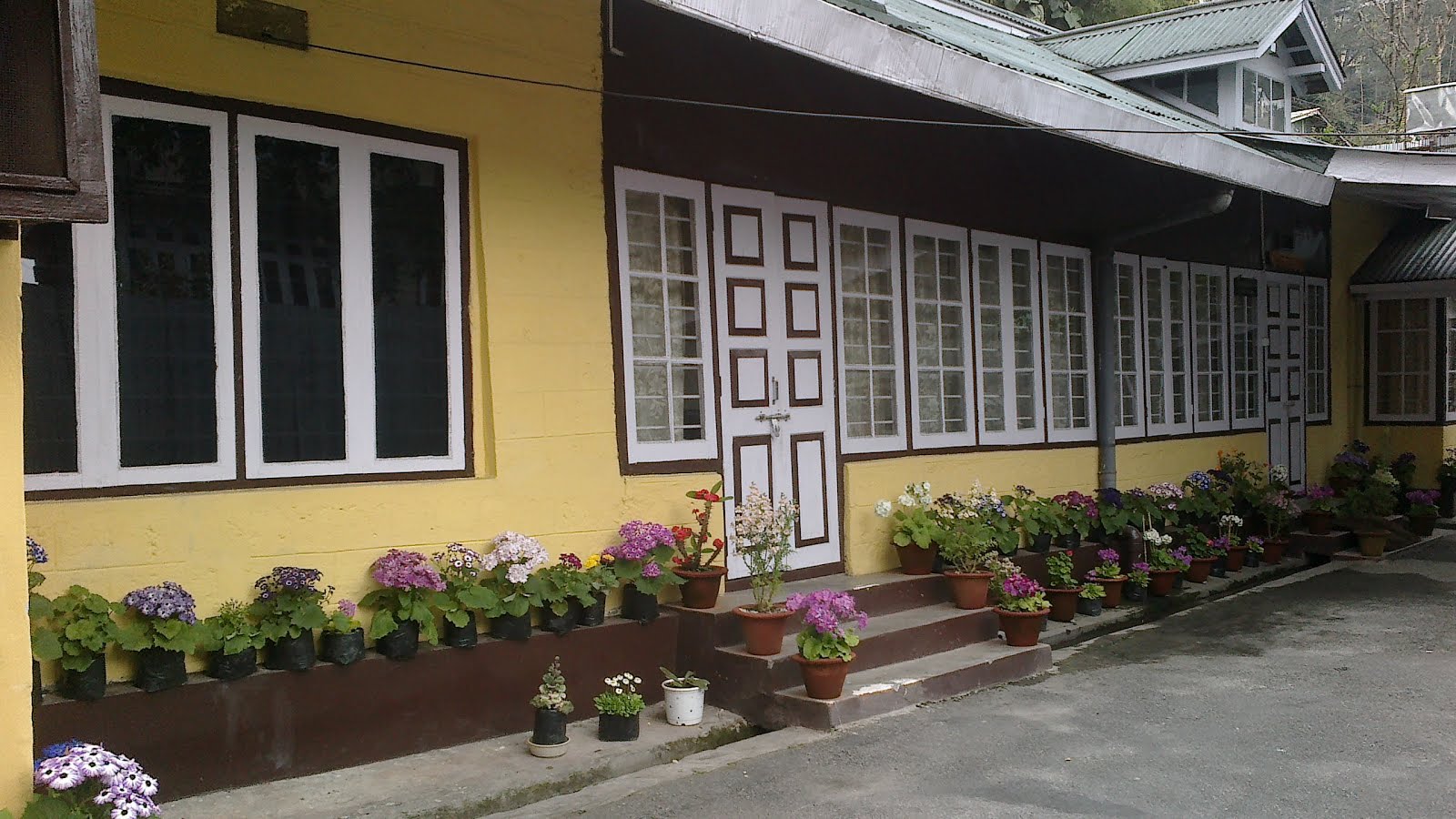
























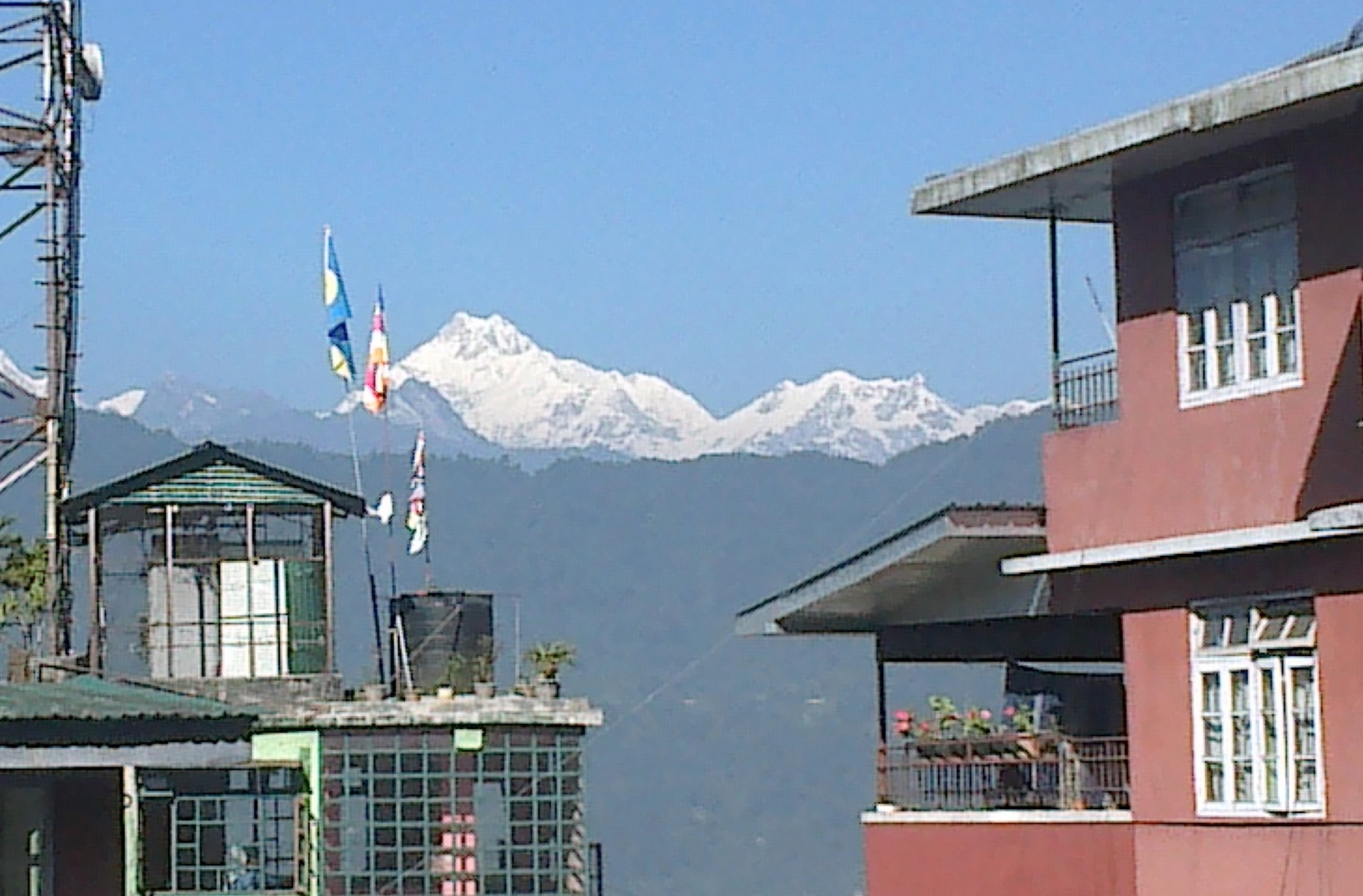


















































































































































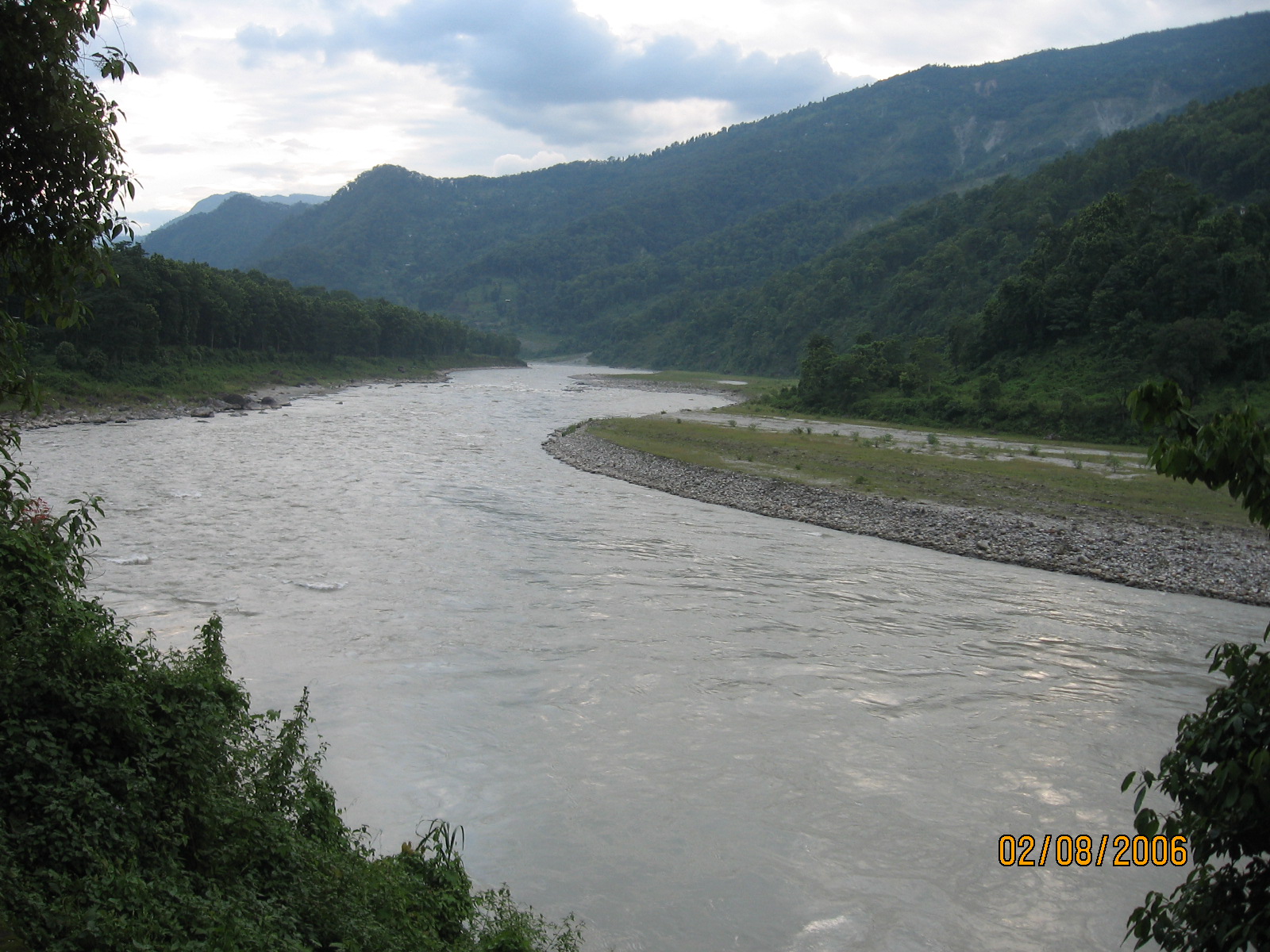

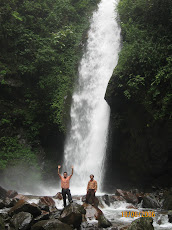
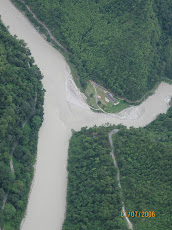
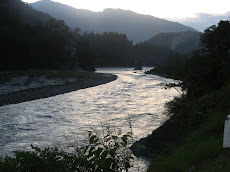
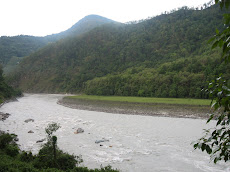
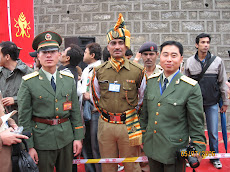
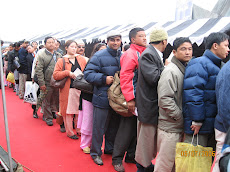
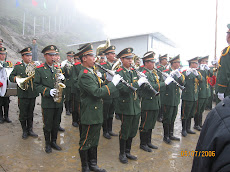


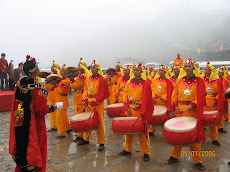
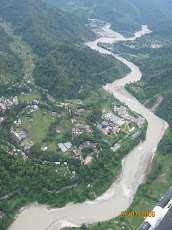




















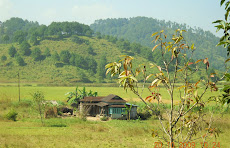
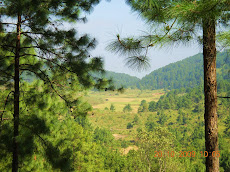








.jpg)







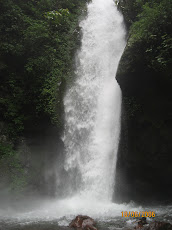
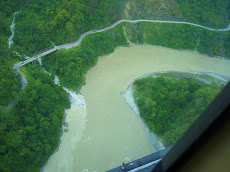








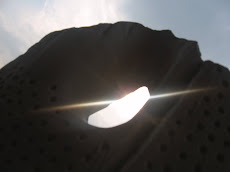
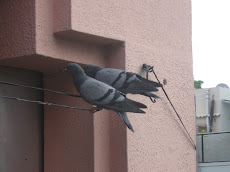
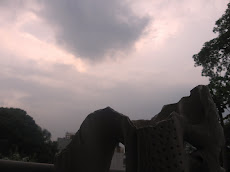

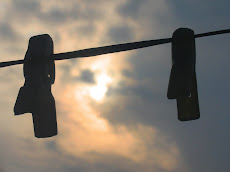
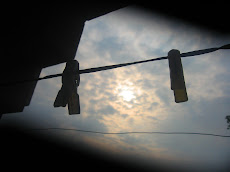








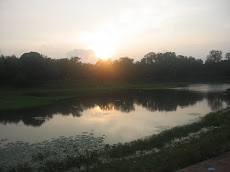



























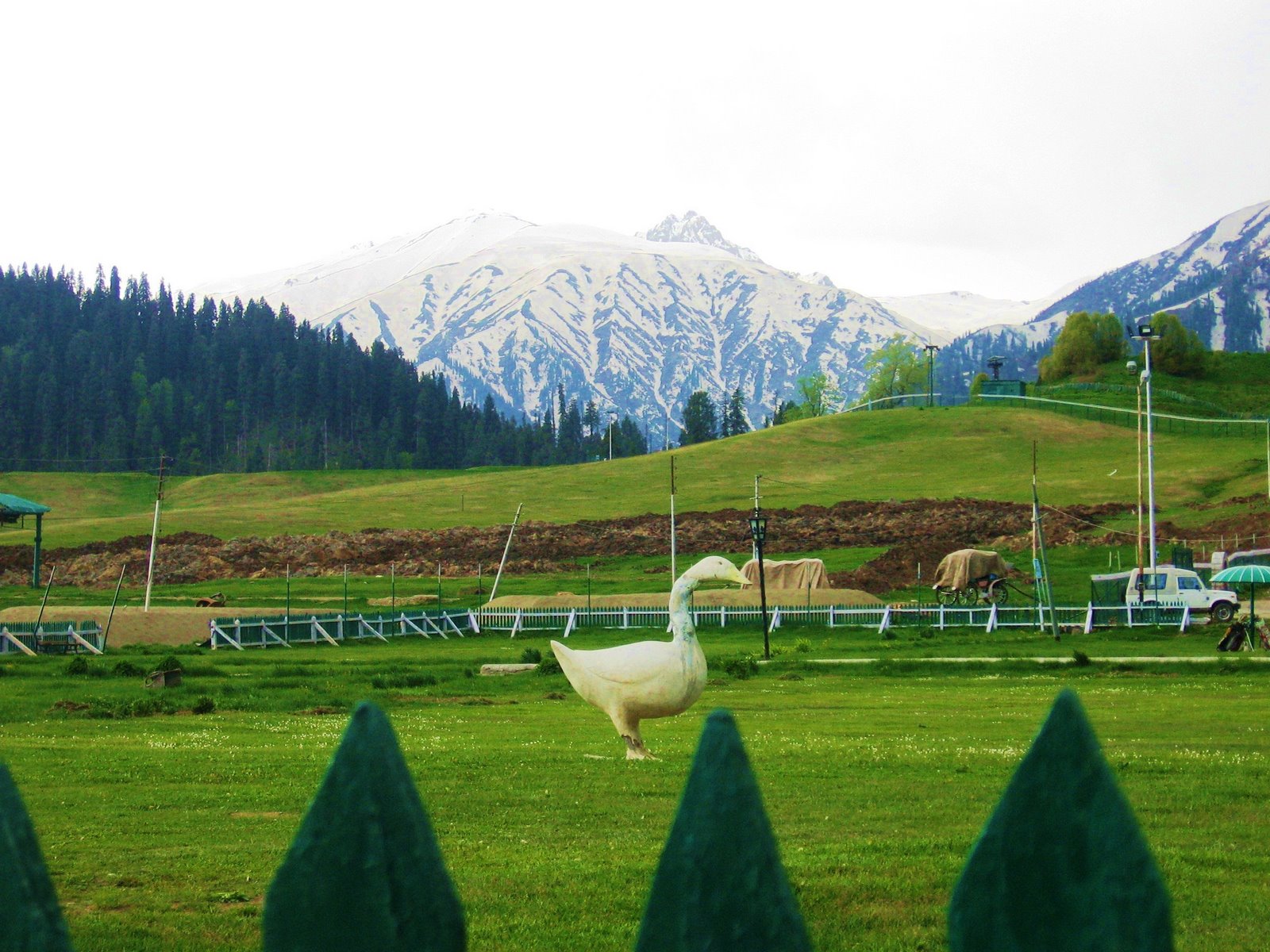
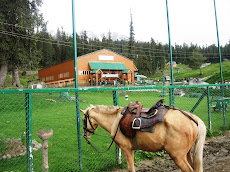
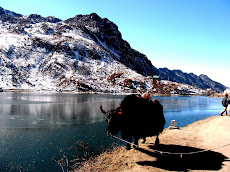








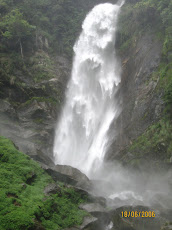



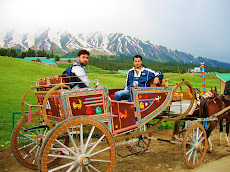






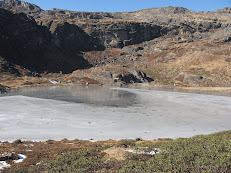

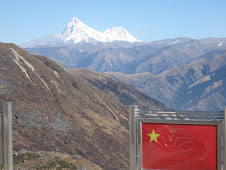



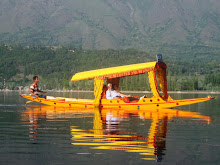
No comments:
Post a Comment